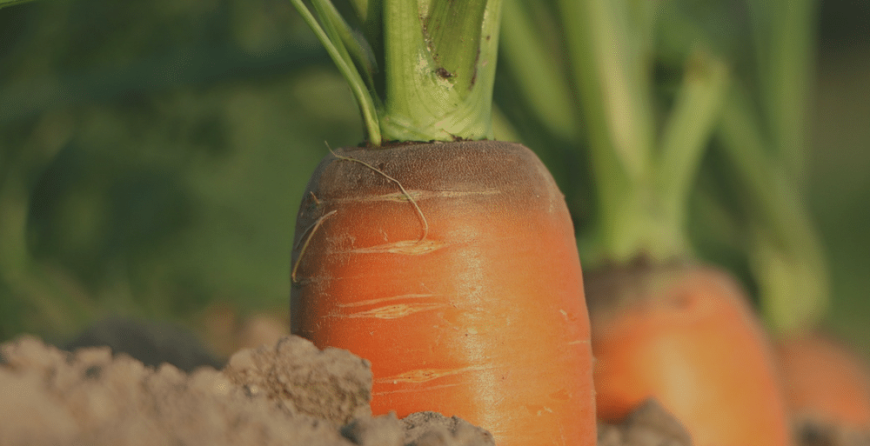 To keep things fresh in the garden and your soil happy, avoid placing plants in the same place season after season. This practice of placing flowers and vegetables in the different spots is known as crop rotation. When first adopting this practice it may seem a bit like juggling, but this method is a key way of stopping crop-specific pests and disease from working their way into your garden. This is because by moving the crop, you’re depriving the problem of the host it needs to survive. In an ideal world, you should ensure a vegetable or vegetable family grows in a given spot one out of three years.
To keep things fresh in the garden and your soil happy, avoid placing plants in the same place season after season. This practice of placing flowers and vegetables in the different spots is known as crop rotation. When first adopting this practice it may seem a bit like juggling, but this method is a key way of stopping crop-specific pests and disease from working their way into your garden. This is because by moving the crop, you’re depriving the problem of the host it needs to survive. In an ideal world, you should ensure a vegetable or vegetable family grows in a given spot one out of three years.
Fortunately rotating the vegetables in your organic garden is a pretty easy shuffling game. If you have a tiny garden it can be more challenging, but managing even the smallest amount of rotation will be beneficial. If you have a raised bed garden and use a planting mix that you change every two or three years then crop rotation won’t make that big of a difference for you.
Sketch out your crop rotation plan
Creating a rough draft of your garden is always a good idea, but if you’re feeling stuck in your rotation process, take the time to create a sketch. Your plan doesn’t have to be anything elaborate, a simple diagram or “x marks the spot” kind of map will do. If you’ve planted in this garden before, note the places you’ve put each of your crops in the spring, summer, and fall. A garden journal is a great place to keep all of your sketches so you won’t have to worry about accidentally re-creating the same plan this time around.
Committing your garden rotation plans to paper is also a great way of letting you know how many plants you’ll need. Noting the variety name instead of just “cabbage” for example will provide you with a record in case you can’t remember the name of your favorite cabbage variety a year from now.
Have your vegetable families trade places
Because vegetables that are of the same family tend to be susceptible to the same pests, you should try to rotate your vegetable families within the garden. For instance, plant beans where the tomatoes grew last year, and the peas where the squash was planted. This will keep unwanted diseases and insects at a minimum, which means you’ll enjoy a larger crop come harvesting time.
Popular vegetable families
The Bean Family – Vegetables from the bean family enrich your soil by adding nitrogen to it. In this family, you’ll find green beans, southern peas, peas, peanuts, jicama, clover, and vetch.
The Cabbage Family – The leafy vegetables in the cabbage family do well in nitrogen-rich soil, which means you may want to swap them out with the bean family during your rotations. Examples include cauliflower, broccoli, kale, turnip greens, cabbage, and collards.
The Squash Family – Members of the squash family tend to grow well in rich soil. They include summer squash, winter squash, cucumbers, pumpkins, gourds, and melons.
The Tomato Family – The vegetables in the tomato family are heavy feeders, which means they thrive in enriched soil. Members of this family are often impacted by the same diseases and pests. This family includes eggplant, peppers, tomatoes, and potatoes. An important tip you should note: never follow tomatoes with potatoes as the chances of a deadly blight that can grow and take over in the winter will increase.
Practicing crop rotation in your organic garden may take some getting used to, but it’s not as complicated as it seems. Your efforts will certainly pay off, though!


